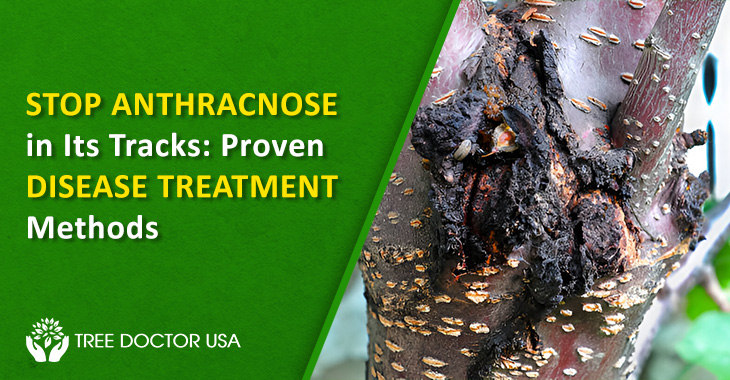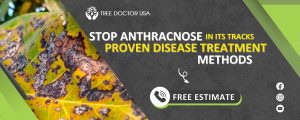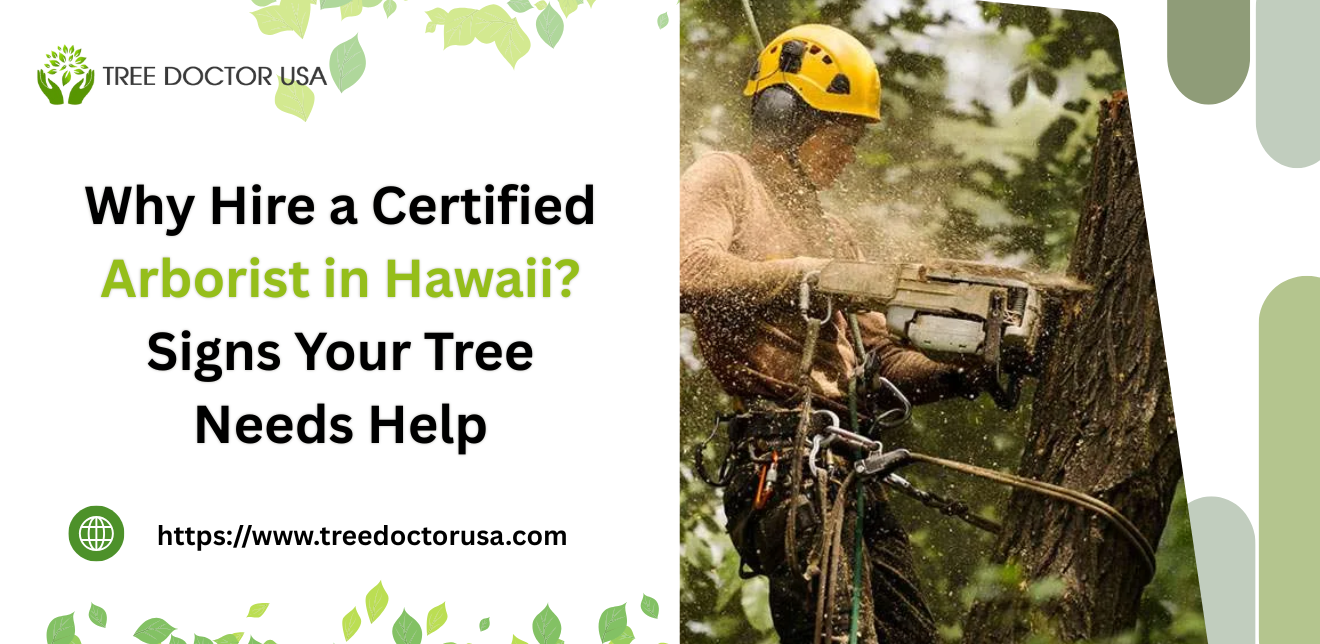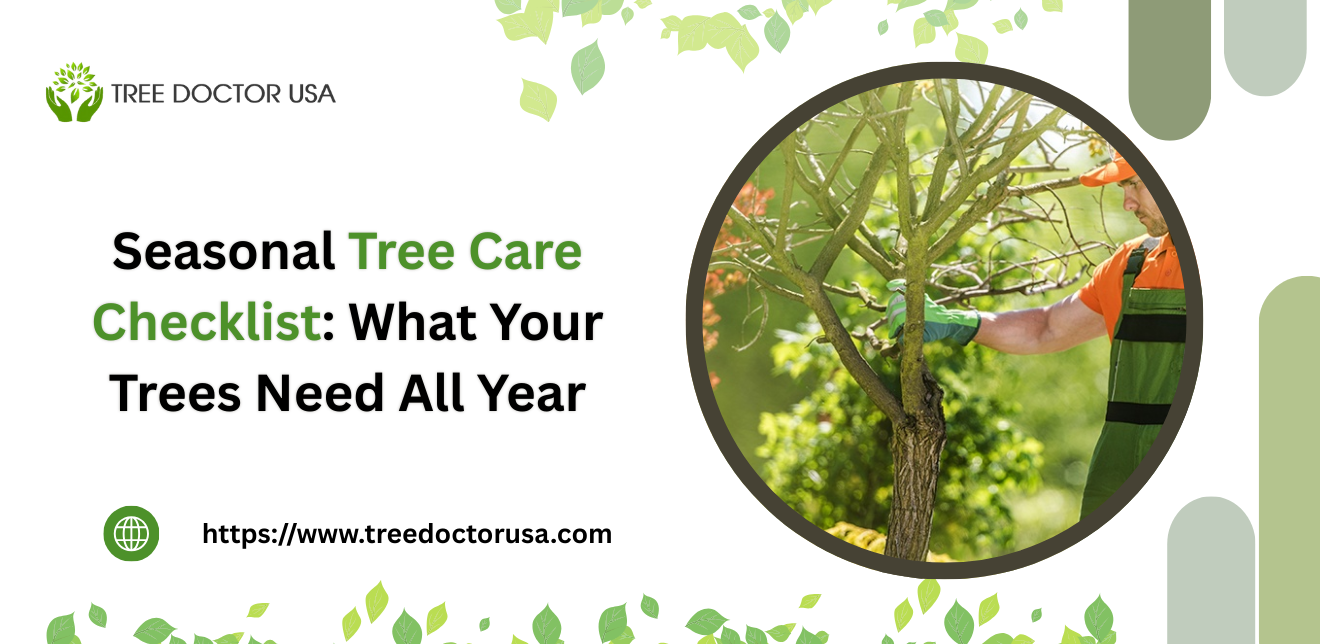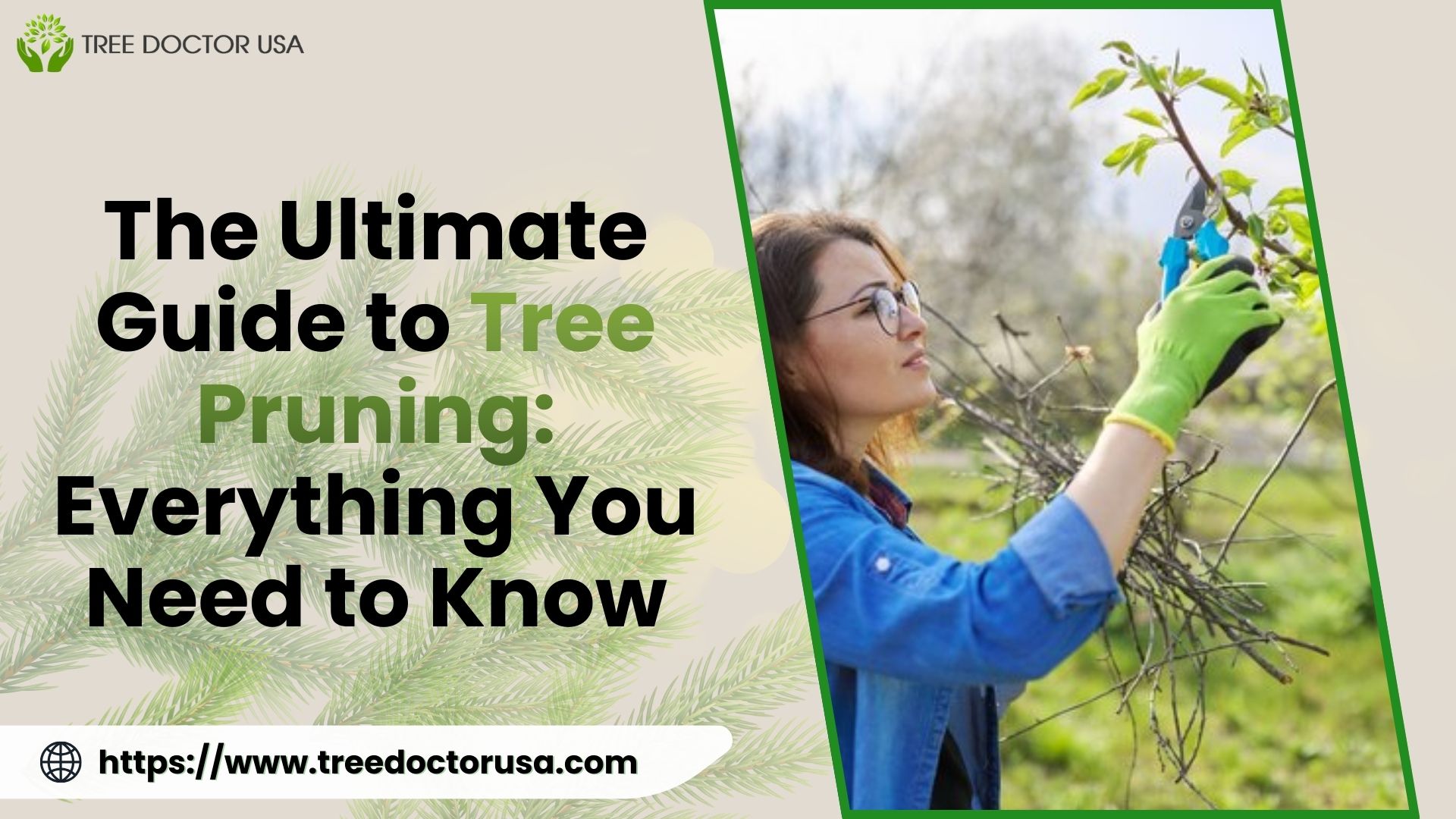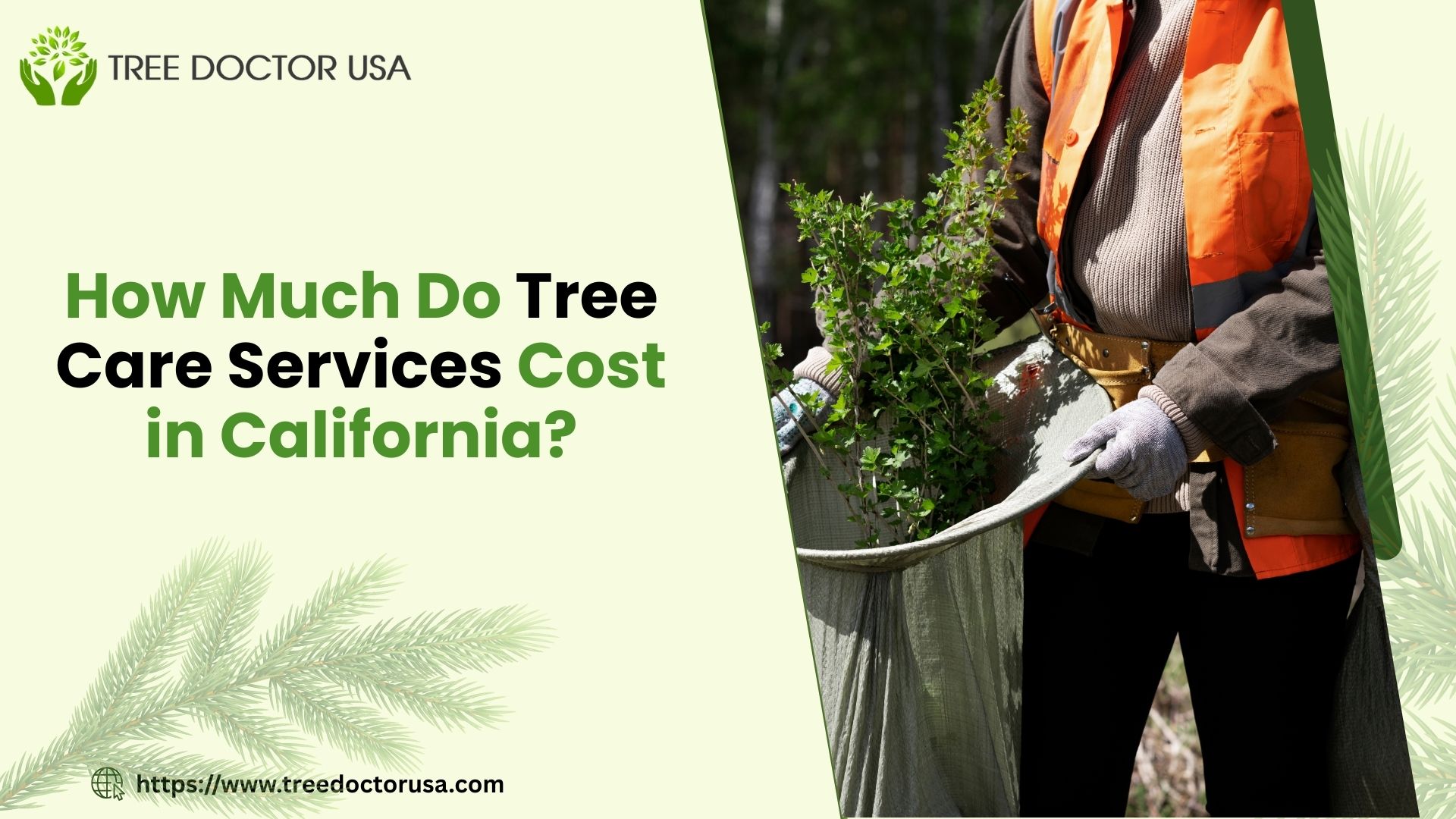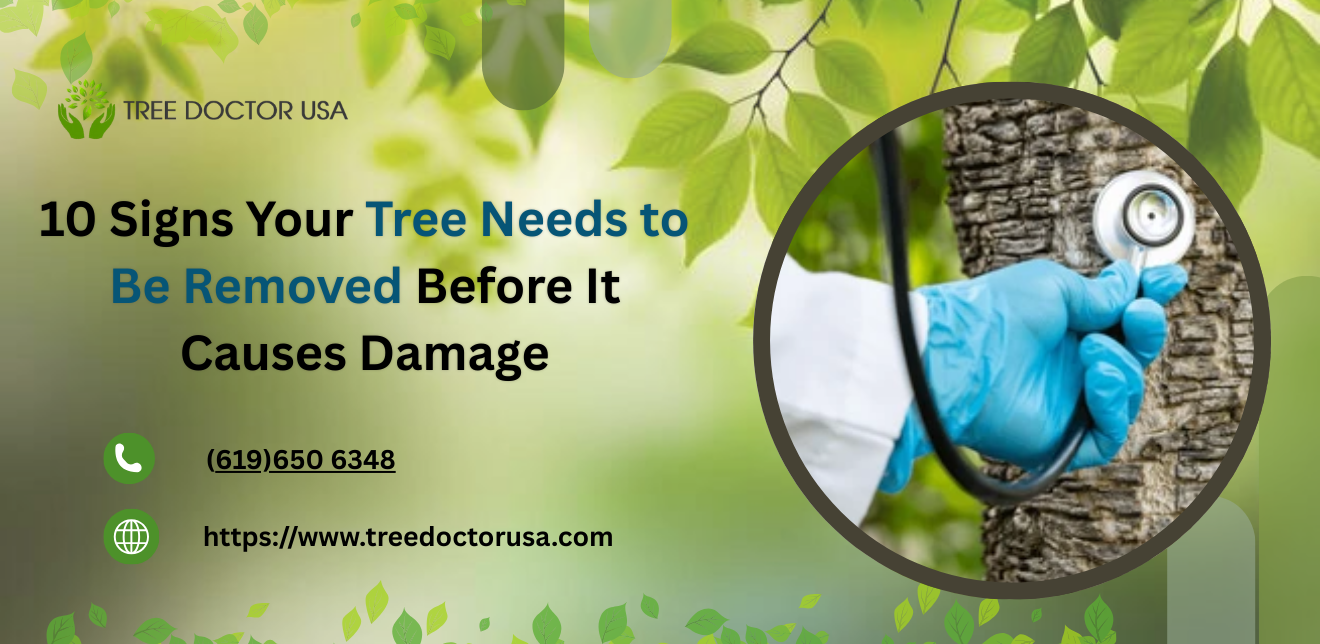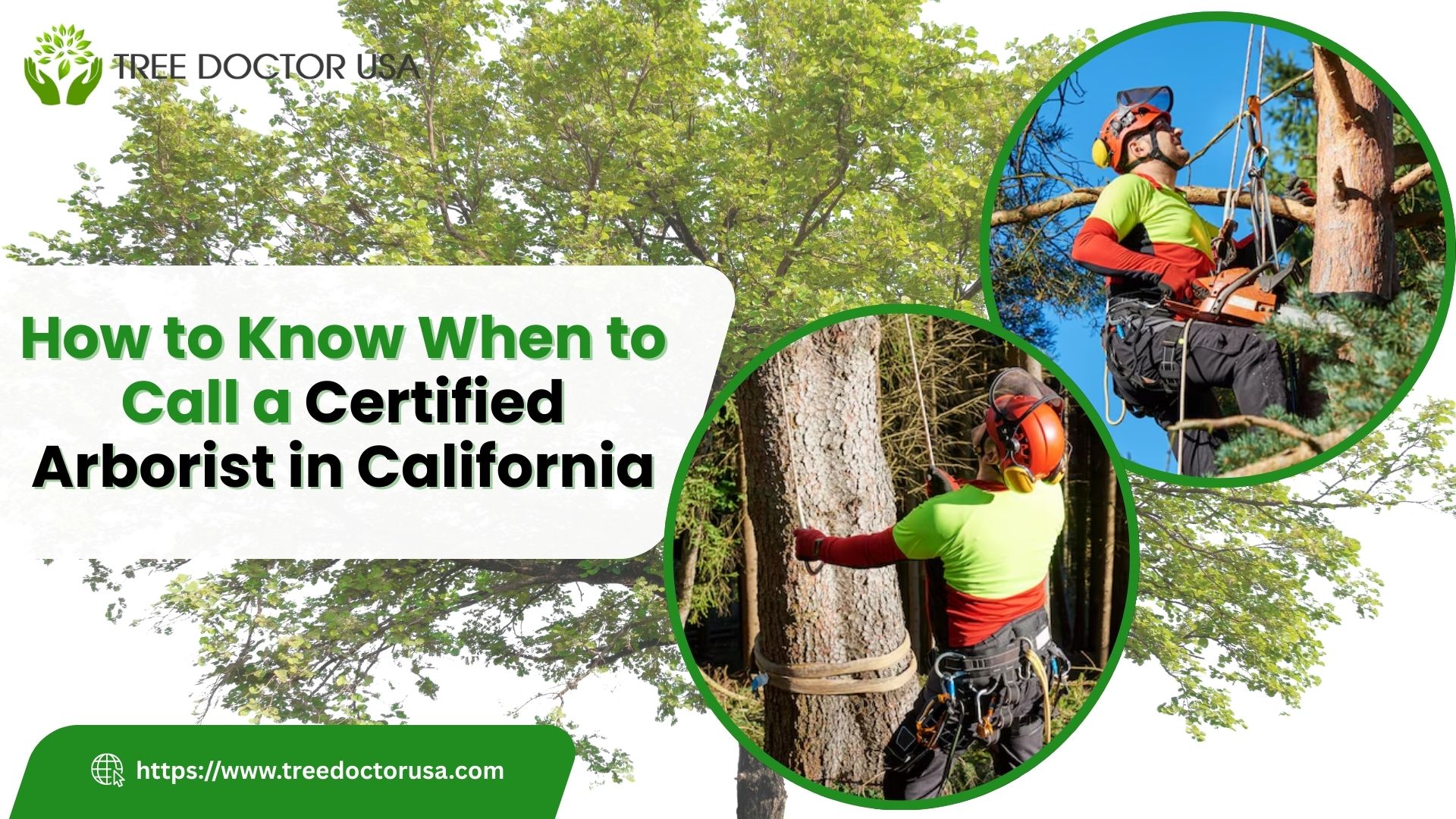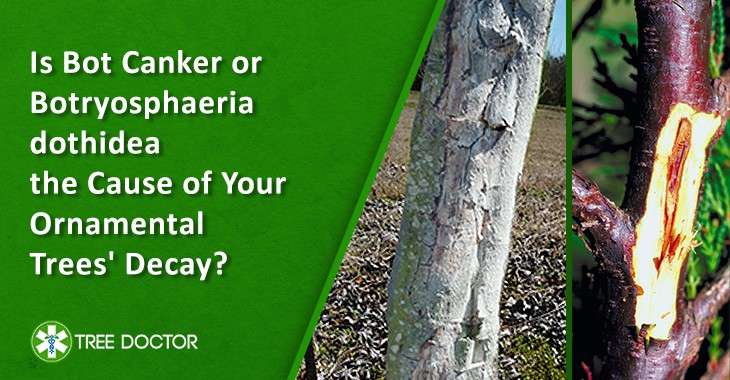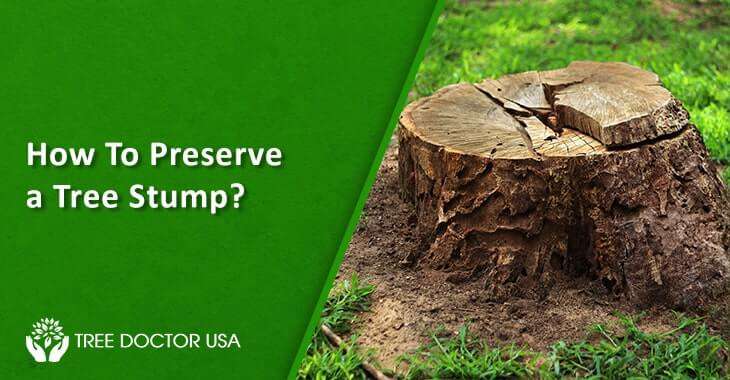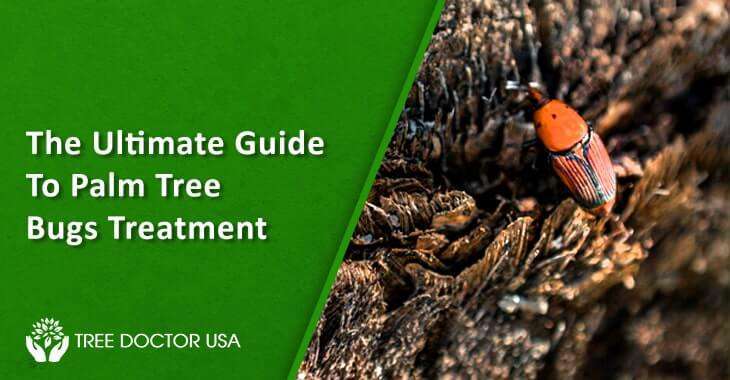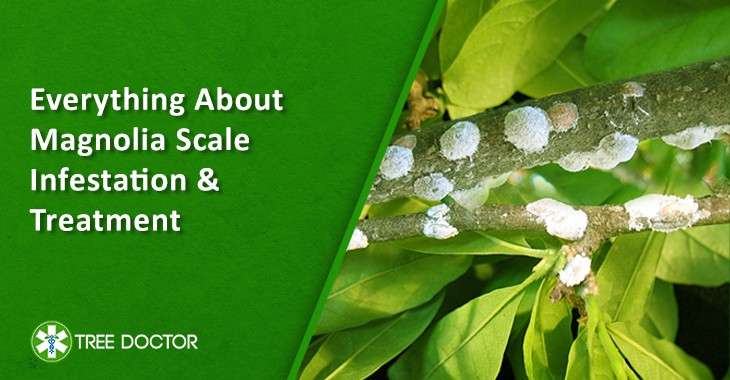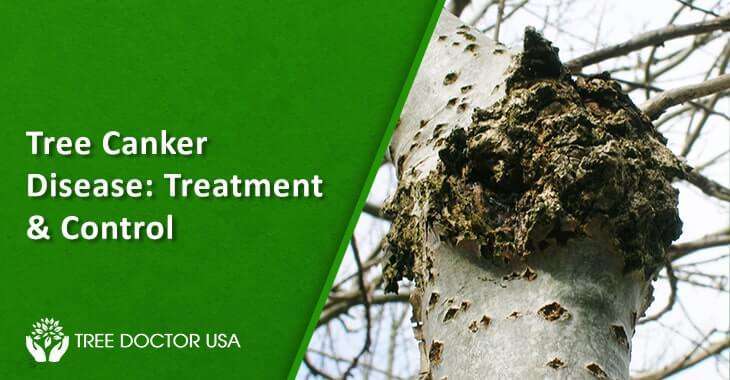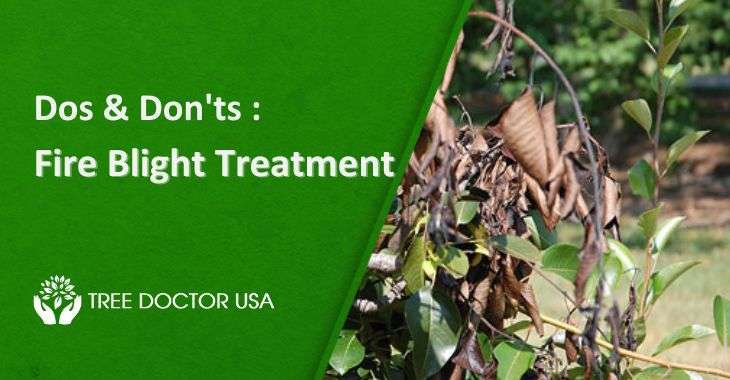Stop Anthracnose in Its Tracks: Proven Disease Treatment Methods
Usually, anthracnose develops in the eastern United States. A fungal infection class known as anthracnose is caused by an excess of water on branches, leaves and fruit. Anthracnose slows down or appears to stop during dry weather, but it picks back up when humid conditions or rain returns.
Although the many fungal species responsible for anthracnose target certain plant species, the group affects a variety of garden staples. Anthracnose, often called leaf or branch blight in some areas, is a disease that affects trees, ornamental shrubs, fruits, vegetables and flowers. It attacks a variety of plants, including sycamores, dogwoods, tomatoes, squash and roses. Hence proper anthracnose disease treatment is highly needed. But before going further let us understand how to detect an anthracnose.
Symptoms that indicate that your plant is affected by anthracnose
The particular fungus on the plant determines the symptoms, however sensitive leaves are typically the most severely affected.
- The earliest signs of moisture are damp-looking patches on fruit or foliage. The infection grows, causing the leaf tissue to die and turn brown and papery. The water-soaked lesions on maturing fruits, such as papaya and tomato, resemble targets and spread deeper into the fruit.
- Trees affected by anthracnose diseases frequently lose leaves from their bottom up, keeping a rim of healthy leaves at the very top of the tree.
- In extreme circumstances, if proper anthracnose disease treatment is not done, anthracnose can occasionally damage and destroy twigs and branches, especially on Chinese elm as well as certain ash species.
- On twigs, limbs and the trunk, cankers—sunken, infected regions with swollen edges—may appear.
- Girdling, or the breakdown of the tissues that carry nutrients and water around a branch or twig and dieback are rare consequences.
Controlling the Infection by Early Recognition
For anthracnose to be effectively controlled, early detection is essential. The illness may be effectively managed with the help of routine inspections, particularly in the rainy season. Important signs to watch out for are:
- Spots on Leaves That Are Not Regularly Shaped: These spots are frequently the first signs of anthracnose that are seen. They may appear light at first, but if there is no anthracnose disease treatment, they can soon get darker and grow, signifying the existence of the fungus.
- Damaged Flowers or Buds: Anthracnose can cause wilting, discoloration, or deformity in flowers and buds. This blight may hamper the plant’s capacity to spread and thrive.
- Fruits and stems with black or brown deep spots: These lesions are indicative of an anthracnose infection. They may have a ring-like pattern and are frequently dark and sunken. These patches may result in fruit rot and weakened stems, which might harm the plant as a whole.
Significant Anthracnose Disease Treatment Methods
Preventive Measures
Certain preventive measures can be taken so that this deadly fungus does not appear at all. Some of them are as follows:-
- Select cultivars resistant to fungi that cause anthracnose and plant them sufficiently far apart to optimize air movement and solar radiation.
- Environmental conditions greatly influence the management of anthracnose. Keep an eye on irrigation and rain. Although rainy circumstances might cause outbreaks that call for control measures, dry springs might not.
- Do not plant highly vulnerable species, including American sycamore, Modesto ash, and specific London plane tree cultivars. The California sycamore is particularly prone to anthracnose, which causes the tree to become twisted and deformed.
Cultural Practices
- Over the season of growth and in the fall, sweep and throw off dropped leaves and twigs. To improve ventilation in the canopy as well as get rid of dead and unhealthy twigs and branches from the previous season, prune throughout the winter.
- To keep leaves dry, sprinkle water on plants near their roots rather than above. This improves root development, lessens the chance of spore diffusion, and lessens the favorable circumstances for fungal growth.
- Infected stems, twigs, and branches should be pruned, destroyed, or buried in the fall or winter. Since most trees produce thick water sprouts, which are inadequately linked to the trunk and prone to diseases like powdery mildew, severe pruning of branches with bigger diameters is not a healthy practice.
Resistance Varieties
- To reduce the danger of infection, choose species which have either been raised or are naturally immune to the illness. This is a great method of anthracnose disease treatment.
- To ensure ideal growth and disease resistance, ask for recommendations for cultivars that are appropriate for your area and environment.
- To boost garden resilience and lessen the overall effects of anthracnose, plant a variety of resistant types.
- Regular checks are still necessary since even resistant cultivars might become vulnerable under certain situations.
Chemical Management
- One of the effective anthracnose disease treatment methods is using fungicides. There are a number of fungicides that can suppress anthracnose on Modesto ash to varied degrees. Fungicides don’t treat pre-existing illnesses; they can only shield healthy tissue. Timing and full spray coverage are essential for avoiding the illness. Spray the fresh growth well as soon as the spring buds emerge. Use insecticides ahead of time while it’s raining.
- Propiconazole, copper sprays comprising copper diammonia diacetate, protective fungicides including chlorothalonil, as well as the widespread fungicide thiophanate-methyl are among the most powerful fungicides for anthracnose disease treatment. In Modesto ash, thiophanate-methyl and chlorothalonil provide the most control. Always heed the instructions on labels.
Biological Control
- Introduce advantageous microorganisms that can stop the spread of anthracnose fungus, such as Trichoderma species. By competing with dangerous diseases, these microbes lessen their capacity to infect plants.
- Compost teas have proven to be one of the best anthracnose disease treatment methods. It can help increase the number of helpful bacteria in the soil, strengthening the defensive systems that are already present in the plant. Frequent treatments can boost microbial variety and enhance soil health, resulting in long-term disease resistance.
In summary
A multidimensional strategy integrating biological, chemical and cultural control strategies is needed to combat anthracnose. You can safeguard a healthy, fruitful garden and save the plants from this damaging illness by being watchful and using these anthracnose disease treatment methods.
Keep your plants and trees healthy by not allowing anthracnose to attack them! For a professional diagnosis and efficient anthracnose disease treatment options, get in touch with Tree Doctor USA right now. To arrange for a consultation, give Tree Doctor USA a call now!

